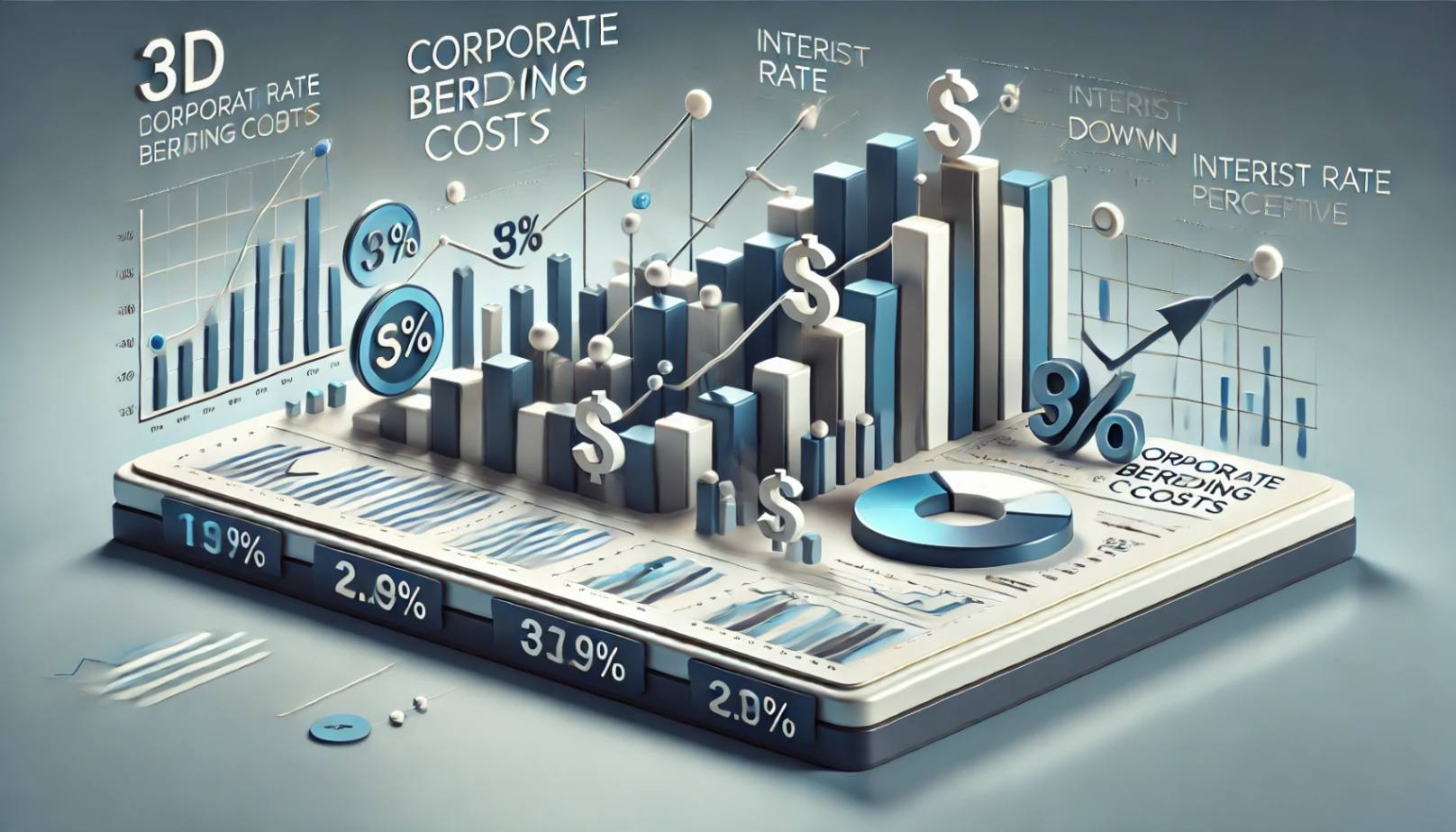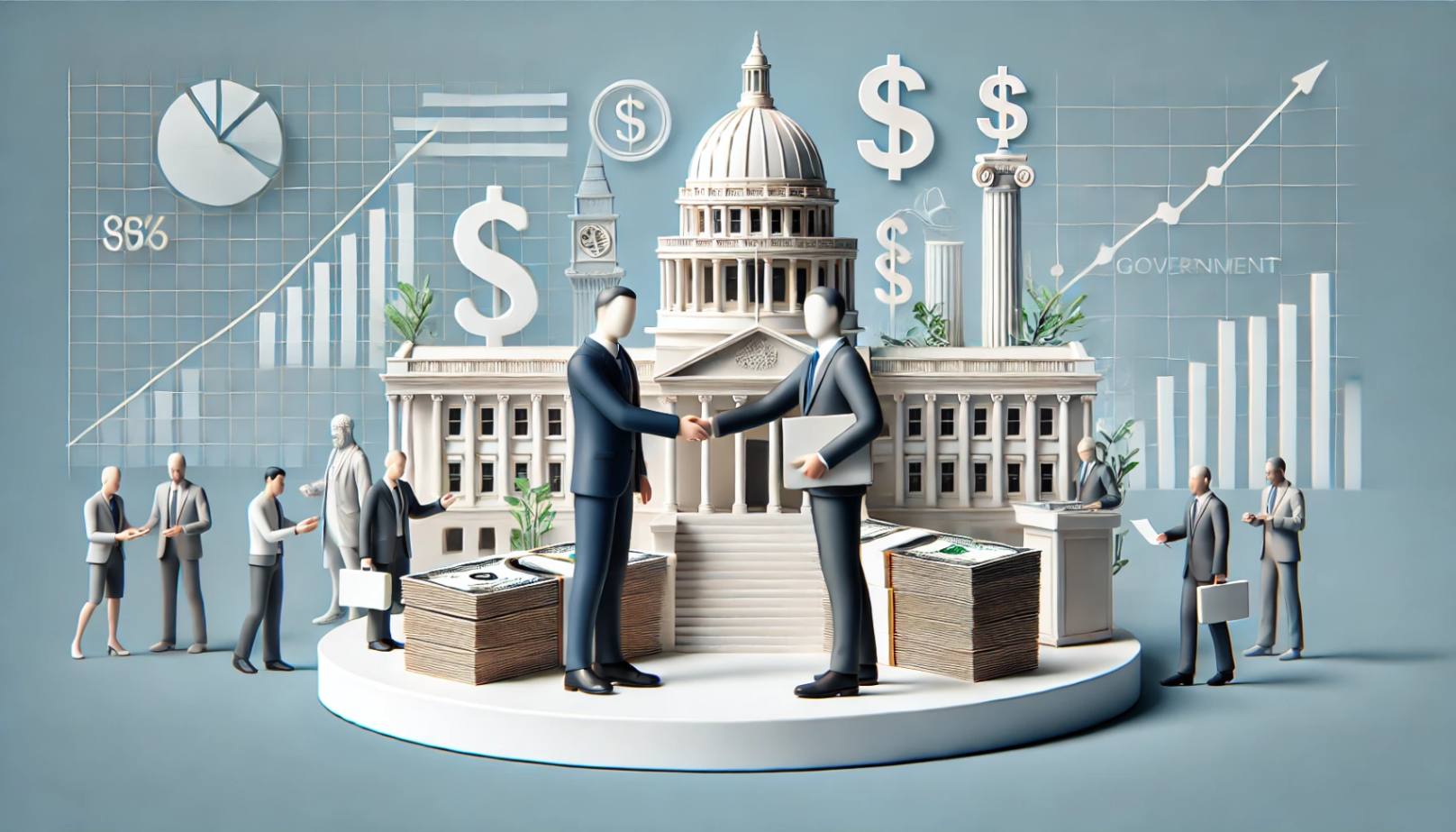When you hear about US Treasury yields, you might wonder why they matter. Let’s dive into what these yields are, how they work, and what they reveal about the economic health of the United States. Spoiler alert: they’re a pretty big deal!
What Are US Treasury Yields?
US Treasury yields are the interest rates that the government pays to borrow money. They come from Treasury securities, which are essentially IOUs from the government. When investors buy these securities, they’re lending money to the government in exchange for periodic interest payments and the return of the principal amount at maturity.

Types of Treasury Securities
Before we go further, let’s break down the types of Treasury securities. There are three main types: Treasury bills (T-bills), Treasury notes (T-notes), and Treasury bonds (T-bonds).
Treasury Bills (T-bills)
T-bills are short-term securities that mature in one year or less. They don’t pay interest in the traditional sense but are sold at a discount and redeemed at face value.
Treasury Notes (T-notes)
T-notes have maturities ranging from two to ten years. They pay interest every six months and are more sensitive to economic changes than T-bills.
Treasury Bonds (T-bonds)
T-bonds are long-term securities with maturities of 20 or 30 years. They also pay interest semi-annually and are used as indicators of long-term interest rates and economic expectations.
How Treasury Yields Are Determined
Treasury yields are determined through auctions where investors bid on these securities. The yields fluctuate based on demand. If a lot of investors want them, the prices go up, and the yields go down. Conversely, if demand is low, prices fall, and yields rise. It’s a basic supply and demand situation.
The Yield Curve: A Visual Guide
The yield curve is a graph that plots Treasury yields against their maturities. Normally, the curve slopes upwards, meaning longer-term securities have higher yields. This makes sense because investors need more incentive to tie up their money for longer periods.
Normal Yield Curve
A normal yield curve indicates a healthy, growing economy. It shows that investors expect steady economic growth and moderate inflation.
Inverted Yield Curve
An inverted yield curve is a red flag. It happens when short-term yields are higher than long-term ones. This inversion often predicts a recession because it suggests investors are wary about the near future and seek safety in long-term investments.
Flat Yield Curve
A flat yield curve means there’s little difference between short and long-term yields. This can signal economic uncertainty or a transition period between different economic phases.
What Do Treasury Yields Tell Us About the Economy?
Treasury yields are like the economy’s vital signs. Here’s what they can reveal:
Economic Growth Expectations
High yields typically indicate strong economic growth expectations. Investors demand higher returns when they expect inflation and growth.
Inflation Indicators
Yields reflect inflation expectations. If yields are rising, it usually means investors expect higher inflation. Conversely, falling yields often signal expectations of lower inflation or deflation.
Monetary Policy Insights
The Federal Reserve’s monetary policy greatly influences Treasury yields. For instance, when the Fed raises interest rates to combat inflation, short-term yields usually rise.
Market Sentiment
Yields can also reflect market sentiment. For example, during economic crises, investors flock to safe assets like Treasuries, driving up their prices and lowering yields.
The Impact of Treasury Yields on Consumers
You might think Treasury yields are only for financial experts, but they have real-world impacts on your life.
Mortgage Rates
Treasury yields influence mortgage rates. When yields rise, mortgage rates tend to follow, making home loans more expensive.
Savings and Loan Interest Rates
Higher Treasury yields can lead to higher interest rates on savings accounts and loans. This can be good news for savers but bad news for borrowers.
Investment Decisions
Yields affect the attractiveness of different investments. For example, when Treasury yields are high, they can make stocks less appealing as investors seek safer returns.
Treasury Yields and the Stock Market
The relationship between Treasury yields and the stock market is complex and fascinating.
Investment Alternatives
When Treasury yields are high, they provide a safer alternative to stocks, which can lead to a decrease in stock prices as investors shift their money.
Corporate Borrowing Costs
Higher yields mean higher borrowing costs for companies, which can reduce their profitability and negatively impact stock prices.
Investor Confidence
Yields can affect investor confidence. Rising yields might suggest economic strength, boosting investor sentiment, while falling yields can signal trouble, causing stock sell-offs.
Historical Perspective: Yields Over Time
Looking at the historical trends of Treasury yields can give us valuable insights into past economic conditions and future expectations.
Post-World War II Era
After WWII, yields were relatively low as the economy transitioned from wartime to peacetime production.
The 1970s and 1980s
High inflation during the 1970s and 1980s led to significantly higher yields. The Federal Reserve’s efforts to combat inflation through high interest rates are evident in the yield trends of this period.
The 2000s and Beyond
In the 2000s, yields were lower due to economic uncertainty, the financial crisis of 2008, and subsequent monetary policies aimed at stimulating the economy.
Current Trends and Future Outlook
In recent years, Treasury yields have been historically low, reflecting economic challenges such as low inflation and slow growth. However, as the economy recovers from the pandemic, yields are expected to rise gradually.
Pandemic Impact
The COVID-19 pandemic caused yields to plummet as investors sought safe havens. The massive government stimulus measures also played a role.
Recovery Phase
As the economy recovers, yields are expected to rise, reflecting improved economic conditions and higher inflation expectations.
Conclusion
US Treasury yields are much more than just numbers on a chart. They provide crucial insights into the economy’s health, influence consumer finances, and affect investment decisions. By understanding Treasury yields, you can gain a better grasp of economic trends and make more informed financial choices.
FAQs
1. What is the relationship between Treasury yields and inflation?
Treasury yields often rise with inflation expectations because investors demand higher returns to compensate for the decreasing purchasing power of their money.
2. How do Treasury yields affect mortgage rates?
Mortgage rates often move in tandem with Treasury yields. When yields rise, mortgage rates tend to increase, making home loans more expensive.
3. Why do investors buy Treasury securities?
Investors buy Treasury securities for their safety and stability. They are backed by the US government, making them a low-risk investment, especially during economic uncertainty.
4. What does an inverted yield curve indicate?
An inverted yield curve, where short-term yields are higher than long-term ones, is often seen as a predictor of an economic recession.
5. How can Treasury yields influence the stock market?
Higher Treasury yields can make stocks less attractive as they provide a safer return. They also increase borrowing costs for companies, potentially reducing their profitability and stock prices.






